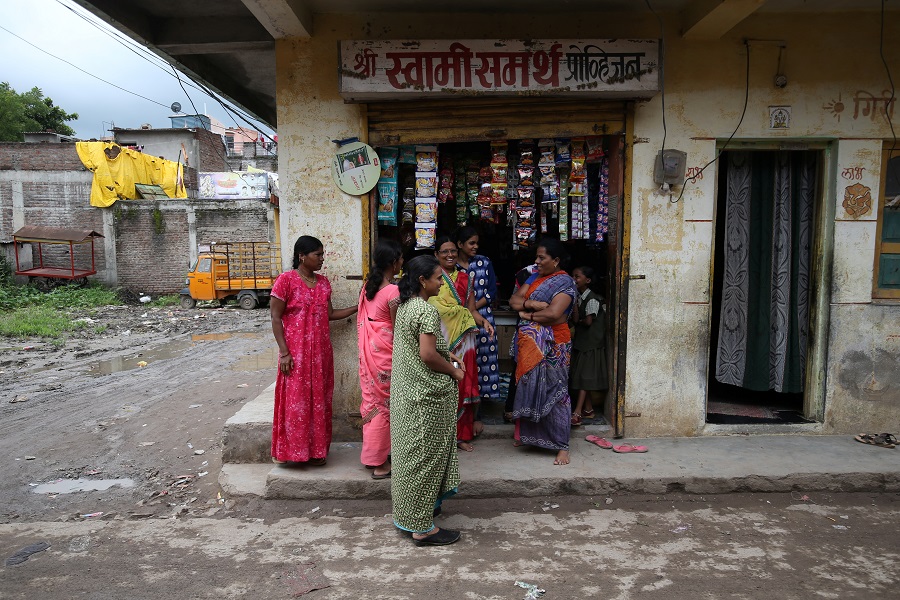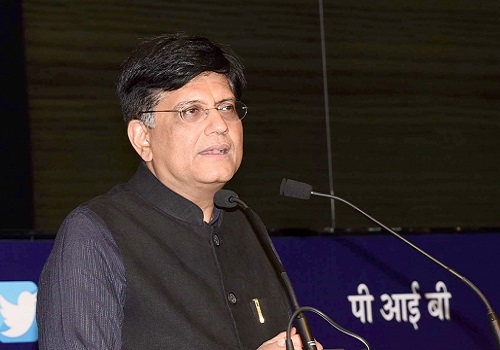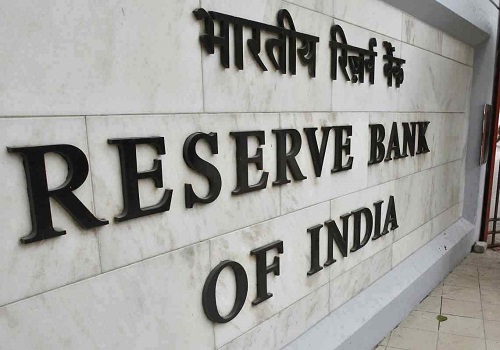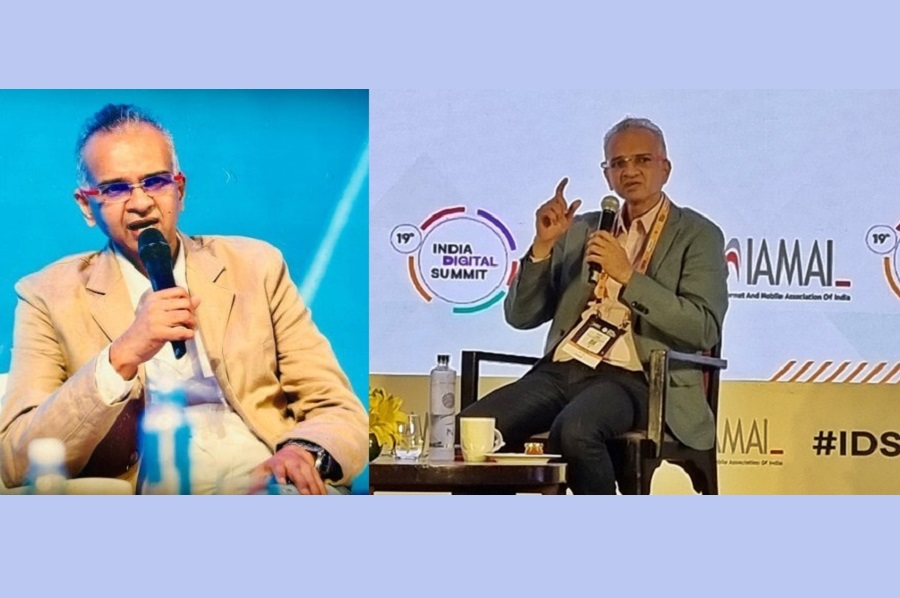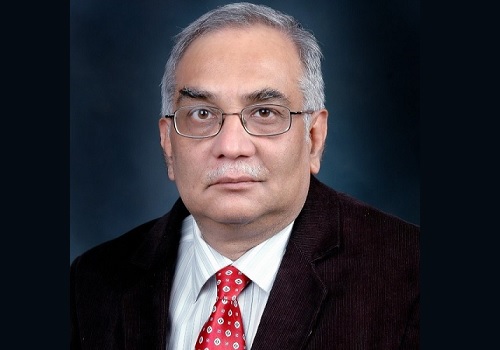RBI Policy Preview: Status Quo on Policy Rate Expected by CareEdge Rating

The RBI’s MPC, reconstituted with new external members, is set to meet this week. We anticipate that the MPC will maintain the current policy rate and stance. Inflationary risks have not fully abated, specifically concerns around food inflation continue to linger. Although economic growth has been healthy, there are some early signs of softness. The commentaries from the newly inducted external members will be closely monitored to gauge future policy directions. Overall, we expect the governor to have a dovish tone, laying the groundwork for a shallow rate cut in the coming months.
Risks to Inflation Remains Despite inflation remaining below 4% over the past two months, primarily due to a favourable base and some sequential slowdown in food prices, the risk to food inflation remains high. Although the monsoon was approximately 8% above normal, distribution issues persisted, with lower rainfall in key agrarian states in North India (Punjab and Haryana) and Eastern states (Bihar, Eastern UP, and Gangetic West Bengal) during the sowing season. Kharif sowing for pulses and some oilseeds has been below the historical average, which is concerning. Additionally, the extended monsoon season and recent pre-harvest showers increase the risk of crop damage. Given these developments, the risk to food inflation has not been fully mitigated and will remain a concern for the RBI. The base effect of food inflation is expected to turn adverse in the coming months, further contributing to increase in food inflation in the coming months.
Beyond food price pressures, additional inflation risks arise from the external sector. The potential for a broadening conflict in the Middle East could disrupt supply chains and impact global energy prices, which would have ripple effects on the domestic economy. Furthermore, the announcement of economic stimulus in China has led to an increase in global commodity prices, particularly industrial metals, over the past month. Industrial metal prices have risen by 8% over the past one month (Figure 1), and Brent crude prices have recovered from their lows of USD 70 per barrel in early September to USD 77 per barrel. Core inflation and WPI inflation has remained largely benign averaging 3.3% and 2.1% respectively in FY25. However, recent rise in global commodity prices can pass on to the WPI basket and needs to be monitored.
The MPC members will closely monitor the evolving inflationary dynamics and will prefer to see more data points indicating a durable easing of price pressures. Having said that the MPC is likely to retain its inflation projection of 4.5% for FY25.
Figure 1: Commodity Prices have risen after China’s Stimulus

Growth remains healthy but there are signs of softness
Economic growth was healthy in Q1 FY25 as reflected by improvement in the GVA growth, even while there was moderation in GDP growth. The growth momentum was relatively healthy in Q1 FY25, with all major sectors witnessing acceleration in growth except manufacturing and financial, real estate & professional services. On the expenditure front, the private consumption expenditure, as indicated by the Q1 GDP data, improved to 7.4% from 4% in Q4 FY24. The investment situation has improved as well. Despite a contraction in central capex in Q1 due to election related restrictions, overall Investment GDP exhibited robust growth of 7.5%, surpassing the previous quarter’s growth of 6.5%. This growth, coupled with double-digit expansion in the construction sector, plausibly suggests increased capex by households and private sector. A recovery in the private consumption demand will support the private investments going forward.
Despite healthy growth in Q1, recent high-frequency indicators suggest softening in the economy over the past few months. Passenger car sales, toll collections, steel consumption, and petroleum product consumption have all shown weaker growth recently. Compared to last year, passenger car sales declined in both July (-2.5% YoY) and August (-1.8% YoY). Domestic tractor sales also fell in September (-5.8% YoY). Average daily petroleum consumption decreased by 2.6% YoY in August 2024, primarily due to a drop in diesel consumption. India’s core sector output contracted by 1.8% YoY in August, marking the first contraction in nearly four years. Additionally, growth in Goods and Services Tax (GST) collections fell to a 40-month low of 6.5% YoY in September. The Manufacturing Sector PMI has been declining since June due to slower growth in output and new orders.
While early sign of a softer economy is indicated by the recent high frequency indicators, it would be important to see if it impacts GDP growth figures in Q2 FY25. The RBI could revise down its GDP growth forecast to 7% for FY25 after the first quarter data came in lower than RBI’s August projections which is in line with our projections. MPC will be watchful of the External Developments, may not follow Global Central Banks Since the last RBI’s policy meeting in August, major global central banks have initiated a rate-cutting cycle. Recently, the US Federal Reserve reduced its policy rate by 50 basis points in September. Similarly, other central banks, including the European Central Bank (ECB), the Bank of Canada, and the Bank of England, have also lowered their policy rates. MPC members will also take cognizance of the recent escalation in the geopolitical tensions in the middle east. The rate cuts by major global central banks may not translate into the RBI toeing similar path. The RBI governor has repeatedly highlighted that the RBI’s policy actions would be primarily driven by deliberations on the domestic economy’s growth-inflation dynamics. Having said that the recent Fed rate cuts will limit pressure on rupee and provide window to MPC members to undertake future rate cuts as inflation moderates.
Figure 1: GDP growth Remains Healthy Despite Moderation

Above views are of the author and not of the website kindly read disclaimer

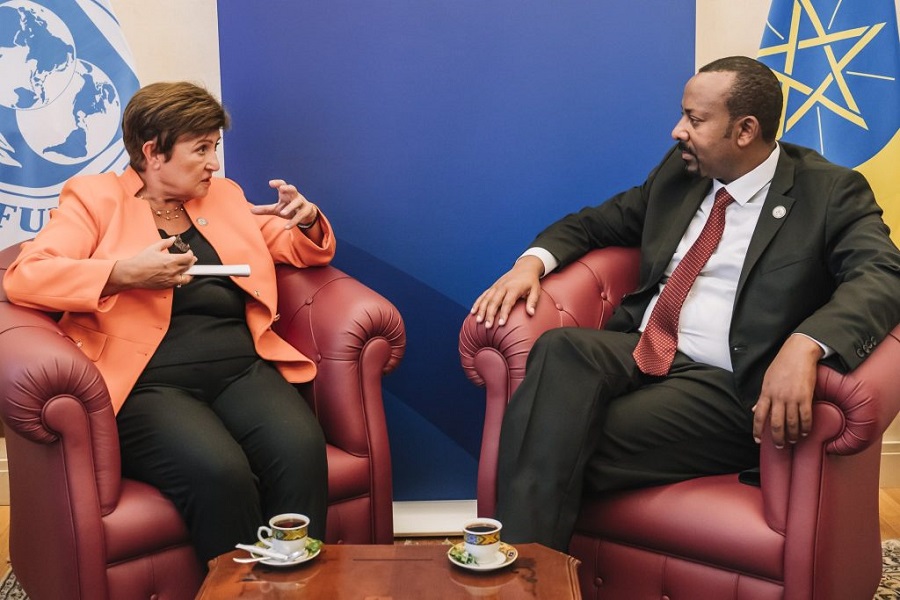

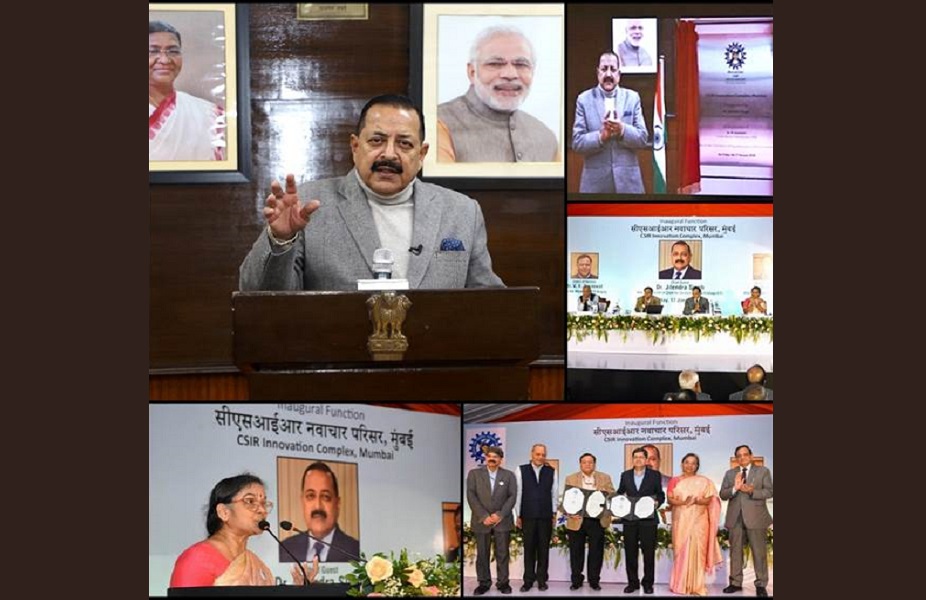
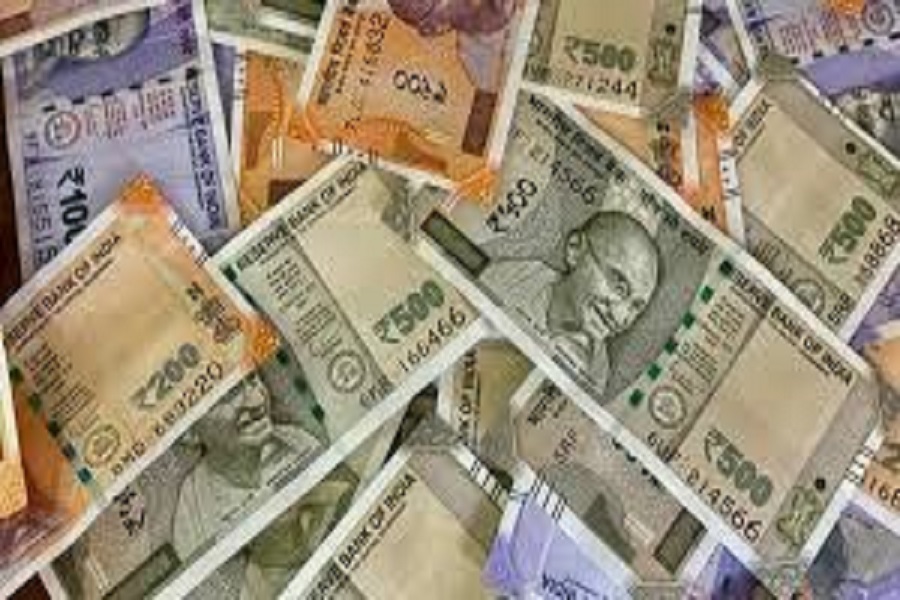
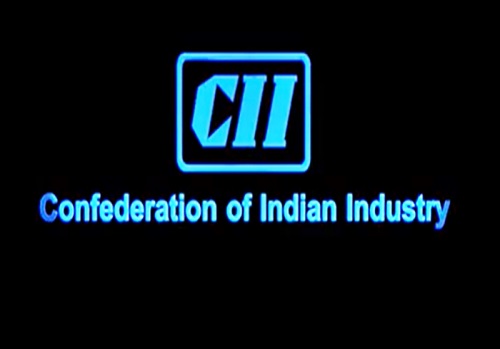


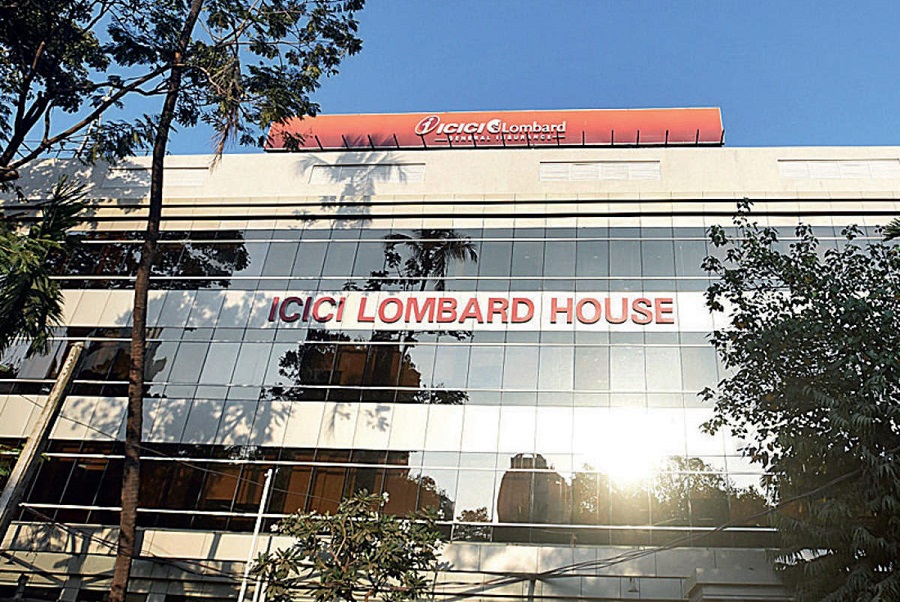
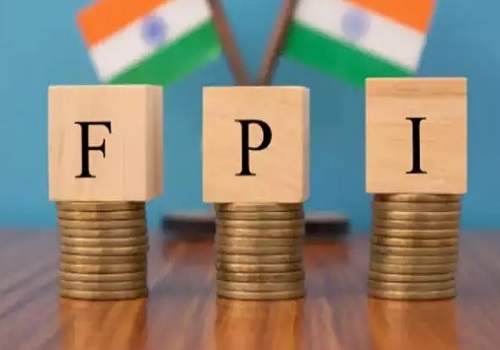
Tag News

Muthoot Finance only Gold loan NBFC named in RBI`s Upper Layer List for three consecutive years





